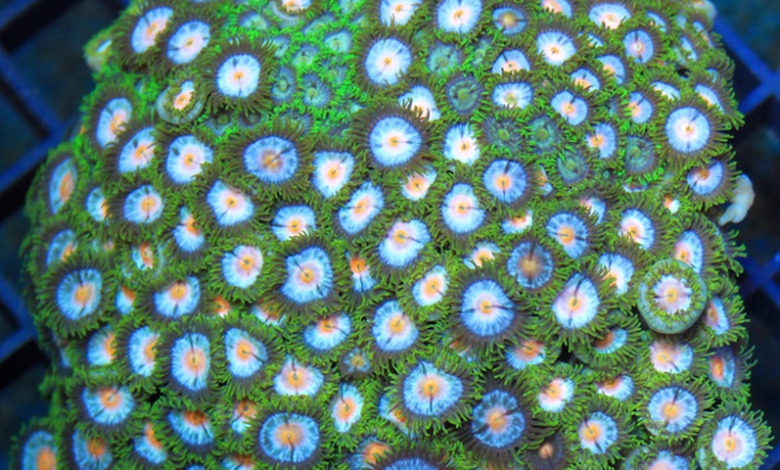New advice to prevent palytoxin poisoning released

OATA has joined forces with key public health officials to produce guidance to help marine aquarium hobbyists who keep corals protect themselves against palytoxin poisoning.

Become a member for unlimited access
Remove all content restrictions with a membership account. First-year special offer pricing. Cancel any time.
You have read 2/2 free articles this month.

How many members should have access to the subscription?
Monthly
Yearly
Save £9.89
No, thanks
I already have an account

OATA has joined forces with key public health officials to produce guidance to help marine aquarium hobbyists who keep corals protect themselves against palytoxin poisoning.